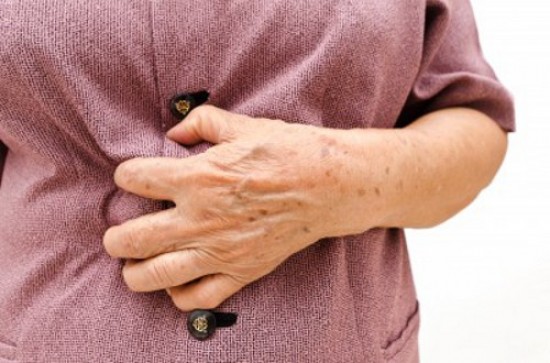The aorta is the main artery that carries blood from the heart to the rest of the body.
Each year more than 200,000 Americans get an abdominal aortic aneurysm (AAA). If ruptured, it can cause massive internal bleeding, which is usually fatal.
Abdominal aortic aneurysms occur most often in people age 65 and older.
Men develop abdominal aortic aneurysms much more often than women. However, 2-3% of women who have an AAA have four times the risk of rupture than men.
Since aneurysms can develop and become abnormally large before causing any symptoms, it is important to look for them in people who are at high risk.
Dr. Katherine S. Gallagher, MD, explains what an abdominal aortic aneurysm is and why it ruptures; as well as the symptoms, screenings, and the monitoring that should be done if risks are present.

Health Topics A-Z
More Women Dying from Abdominal Aortic Aneurysms
Guest
: Katherine S. Gallagher, MD
From the Show: Staying Well
Summary: Each year more than 200,000 Americans get an abdominal aortic aneurysm, which can cause massive internal bleeding and death.
Air Date: 6/10/13
Duration: 10
Host: Melanie Cole, MS




 Dr. Gallagher is an Assistant Professor of Surgery, treating patients at the University of Michigan and at the Veteran's Administration Medical Center. She graduated with highest honors from the University of Maryland with a B.S. in Physiology and Neurobiology in 1998. During this time she was a Howard Hughes Fellow at the NIH studying embryonic hair cell regeneration. She graduated with honors (cum laude) from the University of Maryland School of Medicine in 2002. She did her General Surgery Residency at the University of Maryland from 2002-2009. During this time she pursued a two-year Vascular Biology Fellowship at the University of Pennsylvania under the mentorship of Dr. Omaida Velazquez.
Dr. Gallagher is an Assistant Professor of Surgery, treating patients at the University of Michigan and at the Veteran's Administration Medical Center. She graduated with highest honors from the University of Maryland with a B.S. in Physiology and Neurobiology in 1998. During this time she was a Howard Hughes Fellow at the NIH studying embryonic hair cell regeneration. She graduated with honors (cum laude) from the University of Maryland School of Medicine in 2002. She did her General Surgery Residency at the University of Maryland from 2002-2009. During this time she pursued a two-year Vascular Biology Fellowship at the University of Pennsylvania under the mentorship of Dr. Omaida Velazquez.